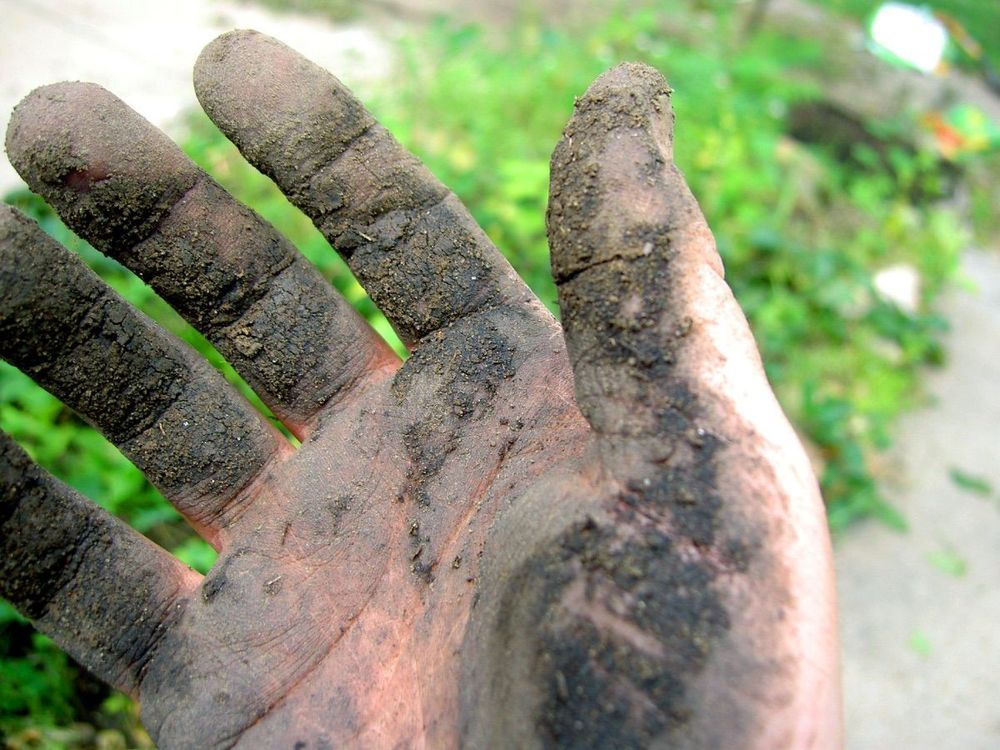A scrupulous gatekeeper stands between the brain and its circulatory system to let in the good and keep out the bad, but this porter, called the blood-brain barrier, also blocks trial drugs to treat diseases like Alzheimer’s or cancer from getting into the brain.
Now a team led by researchers at the Georgia Institute of Technology has engineered a way of studying the barrier more closely with the intent of helping drug developers do the same. In a new study, the researchers cultured the human blood-brain barrier on a chip, recreating its physiology more realistically than predecessor chips.
The new chip devised a healthy environment for the barrier’s central component, a brain cell called the astrocyte, which is not a neuron, but which acts as neurons’ intercessors with the circulatory system. Astrocytes interface in human brains with cells in the vasculature called endothelial cells to collaborate with them as the blood-brain barrier.









